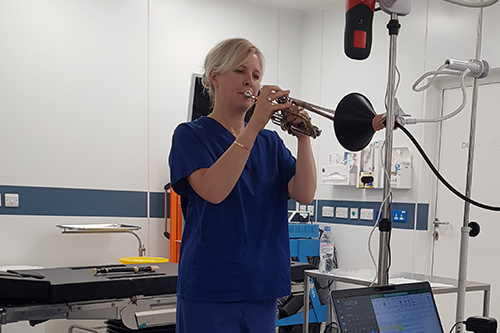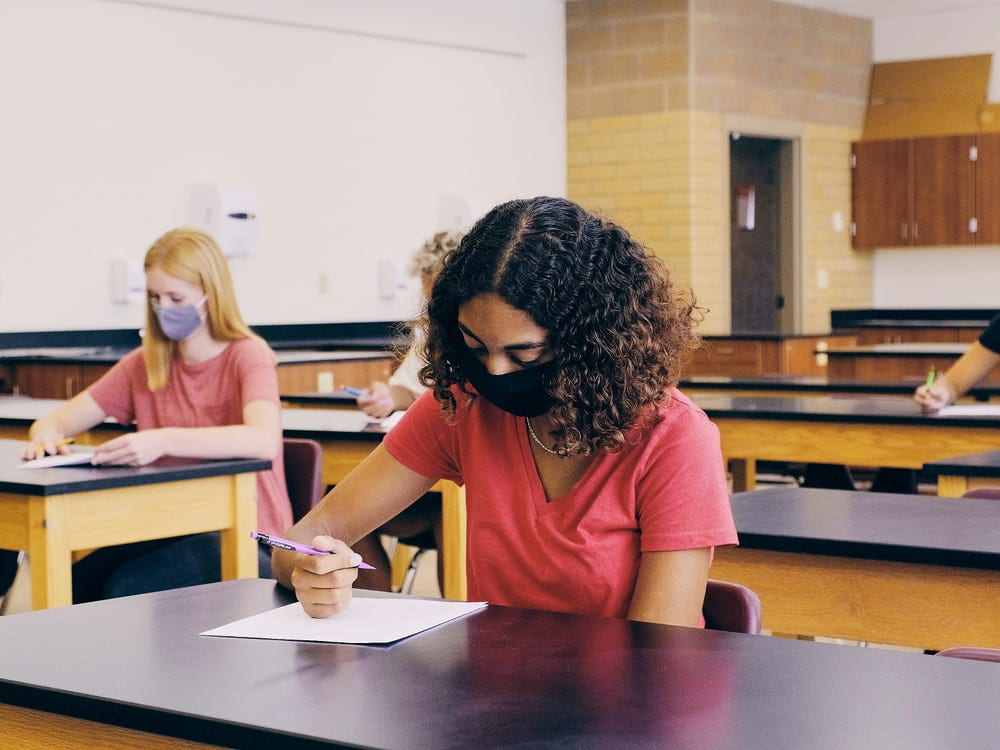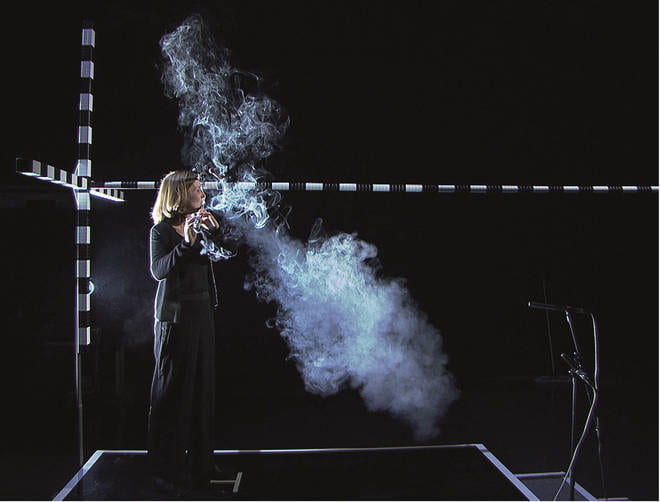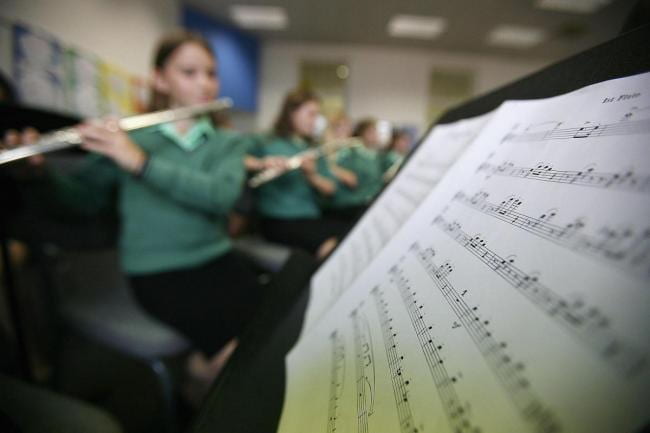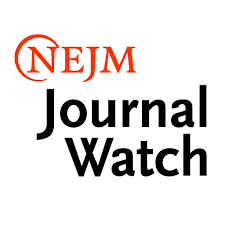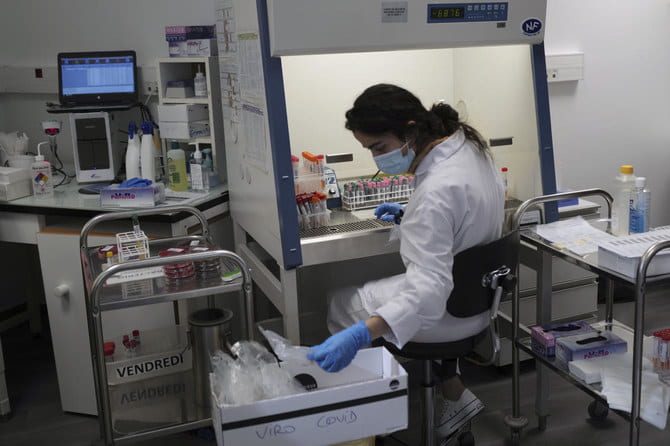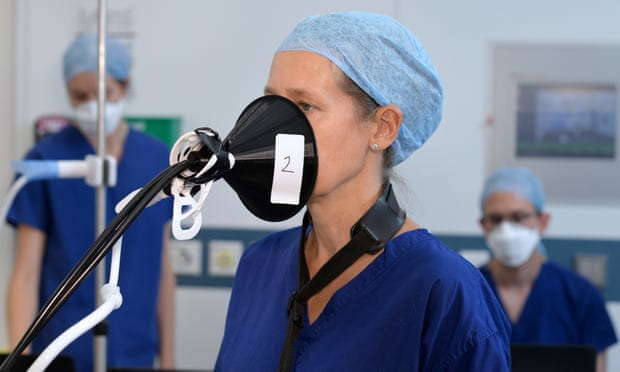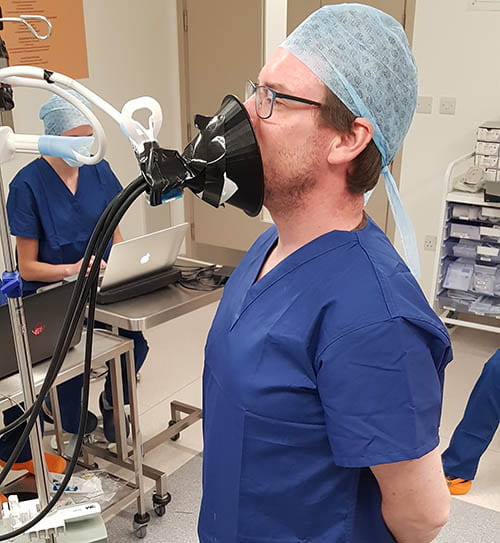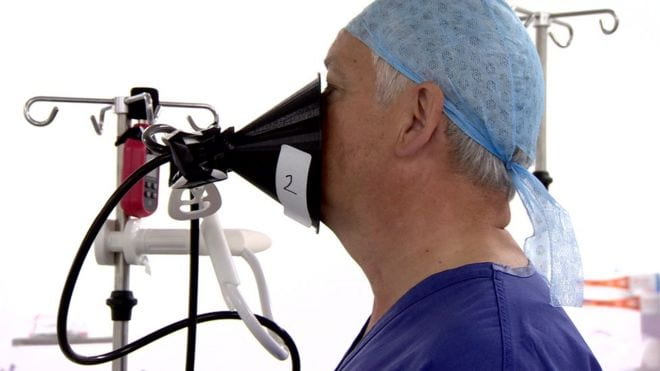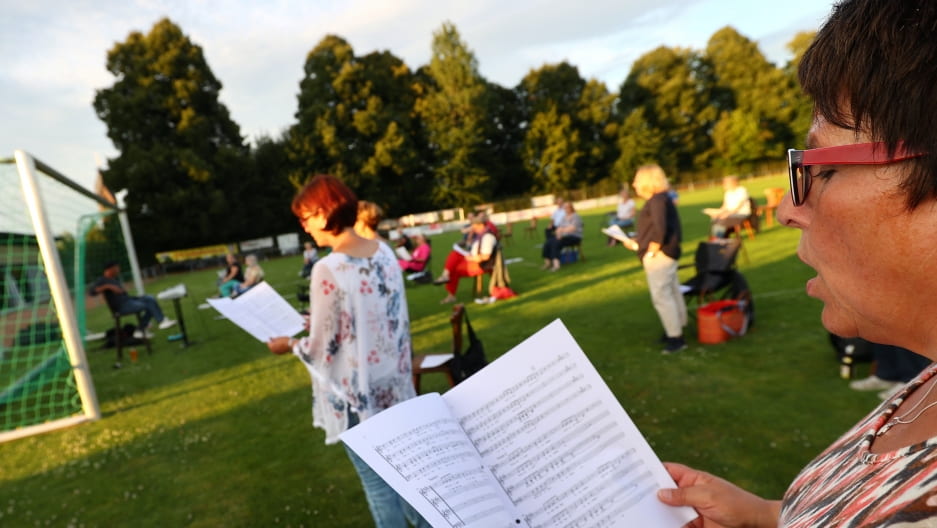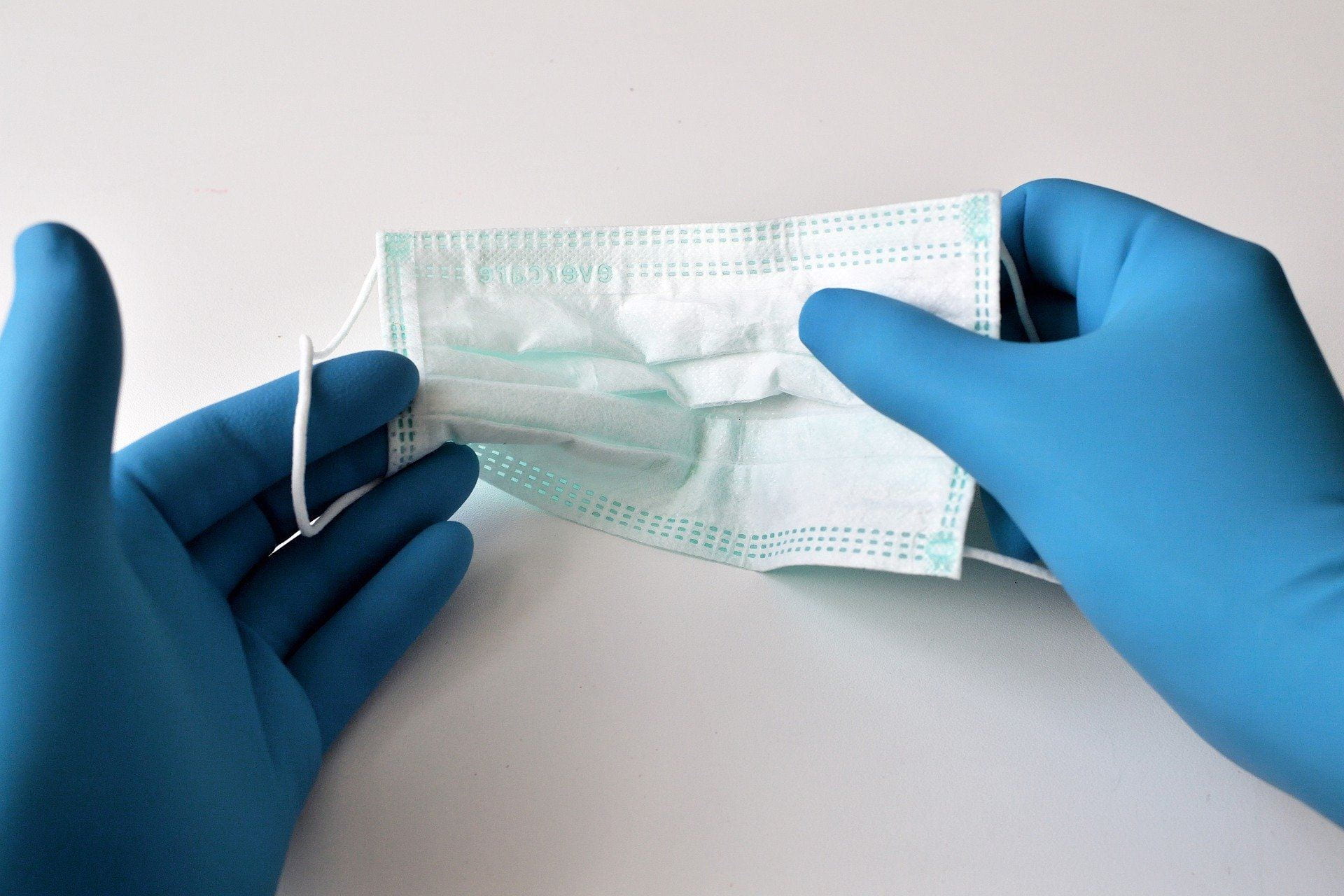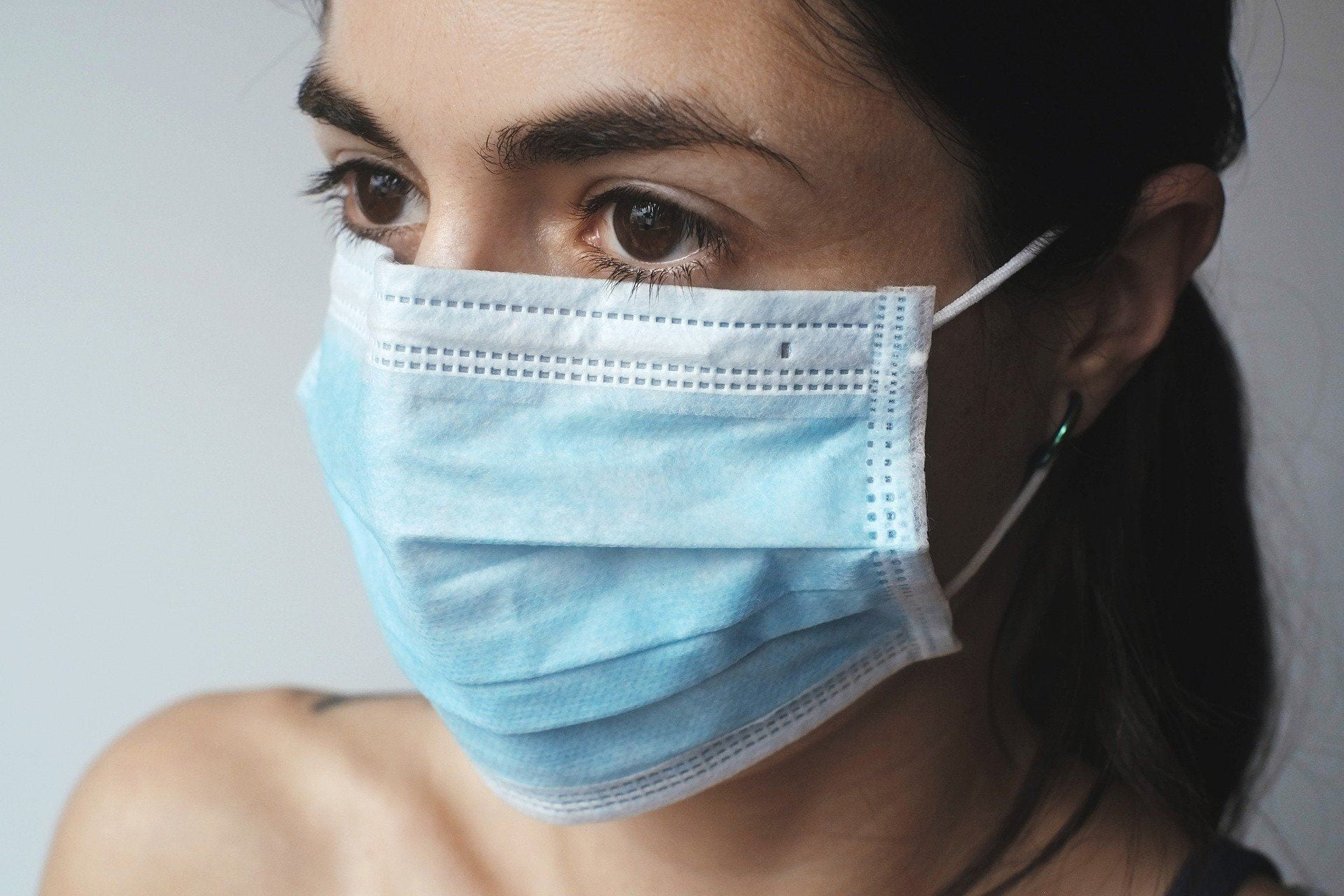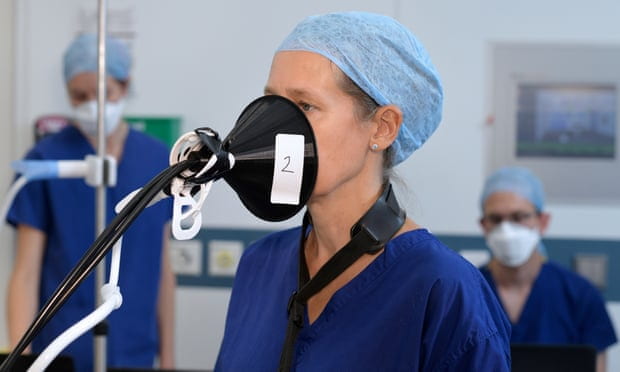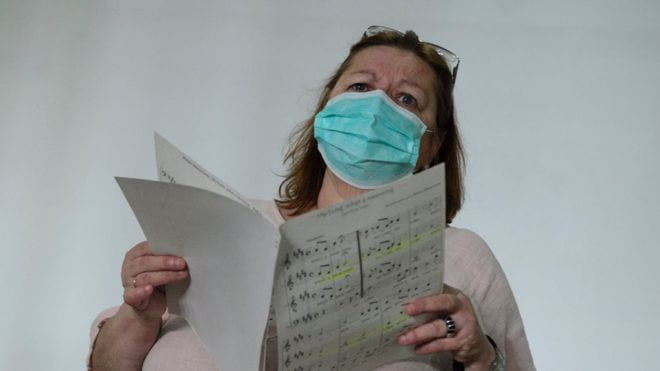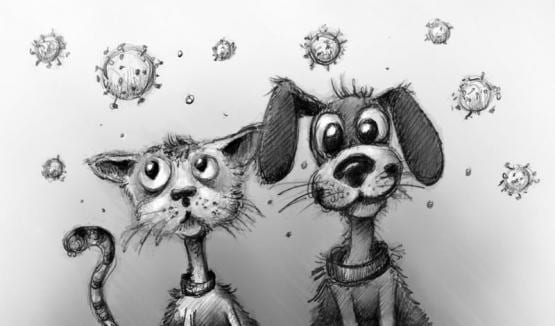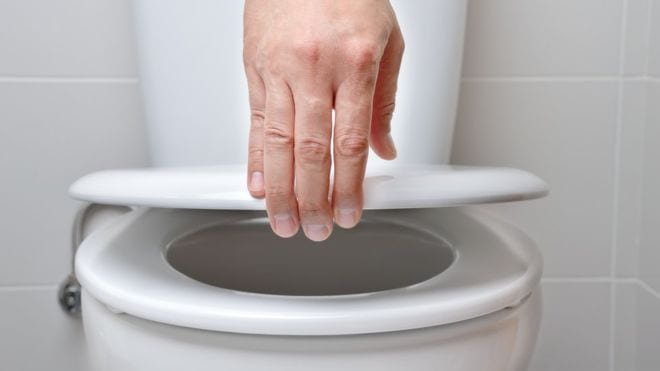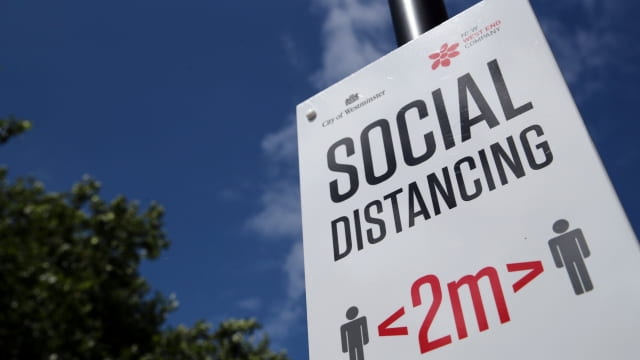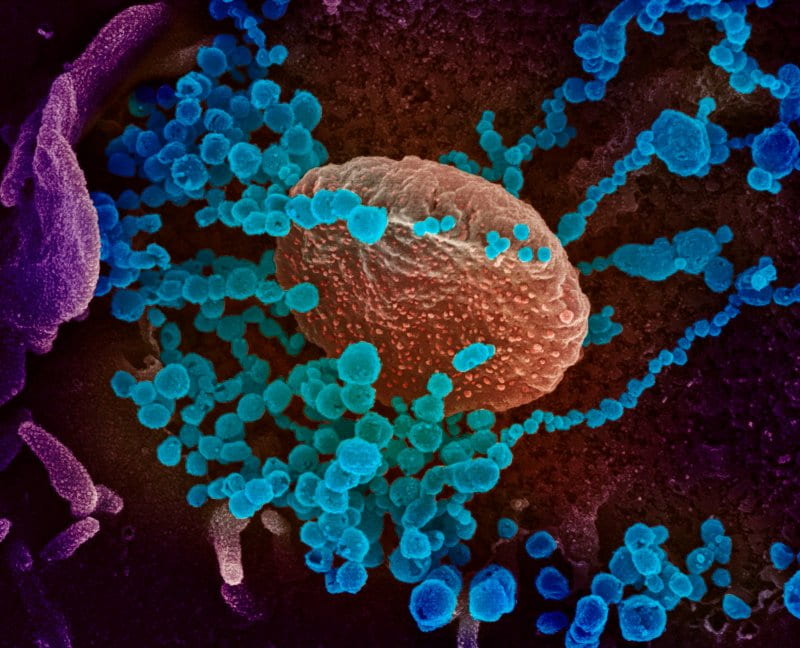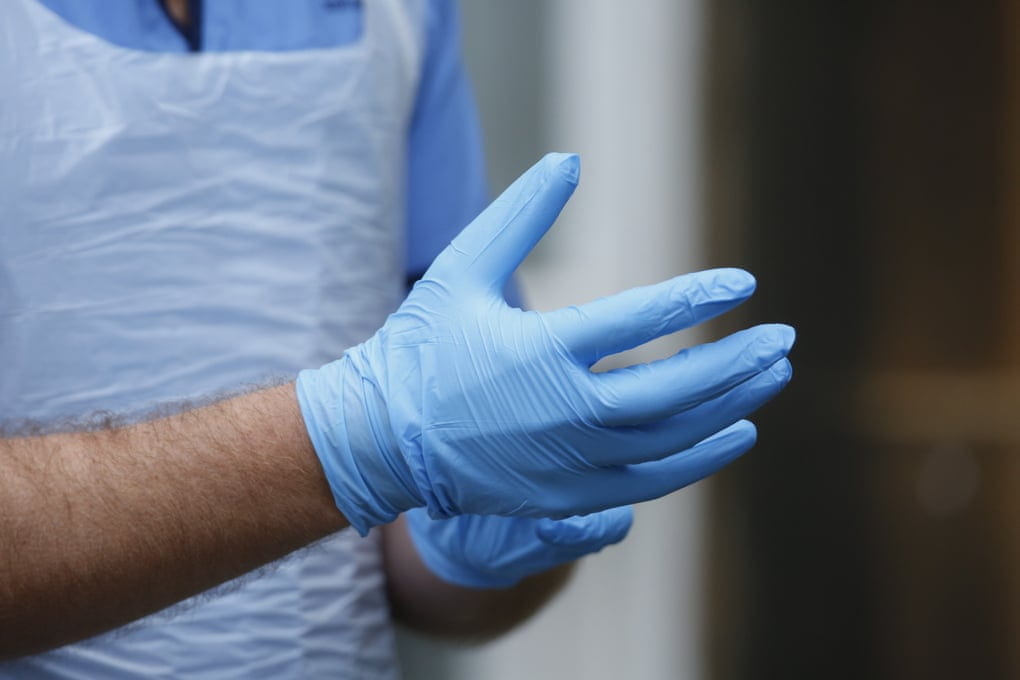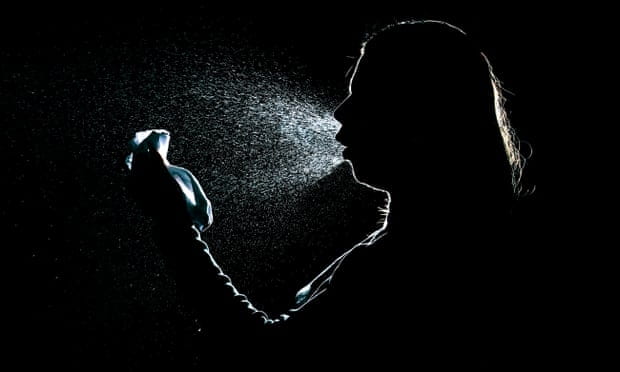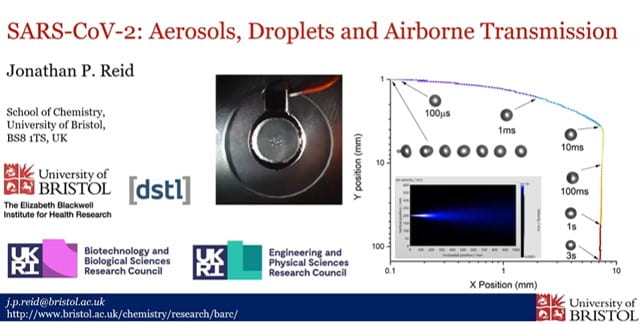Our CDT response to the
coronavirus pandemic
Understanding the factors that govern the transport of viruses by aerosols and droplets is critical to identifying the dominant mode of transmission and the relative risks of the contact and airborne routes, the appropriate use of personal protective equipment, and the use of mitigation strategies. Although our understanding of the transmission of SARS-CoV-2 is developing rapidly, much remains that we just do not know.
Researchers from the EPSRC Aerosol Science CDT have risen to the urgency of the challenges in tackling the COVID-19 pandemic. Here, we review what is known about the transmission of the virus and what remains uncertain. We also highlight the contributions made by CDT academics to address the transmission of SARS-CoV-2.
SARS-CoV-2 Aerosol Mechanisms
You can now view an updated version of SARS-CoV-2 Aerosol Mechanisms on The UK Aerosol Society website where data for these mechanisms has been transitioned.
Publication Database
Our initiative aims to review literature relevant to SARS-CoV-2 and aerosol/droplet spread by the mechanisms highlighted above. Our SARS-CoV-2 publication database includes summaries of each article highlighting relevant findings on mechanisms.
Articles within the database may be exported or viewed directly from the publication website. Each article contains, within the abstract field, our summary of the article relating to aerosol mechanisms relevant to SARS-CoV-2. The original author abstracts can be found by going to the article’s hosting journal, which will include full details of the article and supporting information.
Contributors Resources
We monitor publications relevant to the spread of SARS-CoV-2 virus via aerosols and droplets and our team of editors and reviewers select articles to summarise, drawing conclusions that fall within the defined mechanisms. By doing this, we hope to raise awareness and expand our collaboration with academics from all over the world who can contribute in extracting new findings to the spread of SARS-CoV-2 virus and build a database of resources unique to the aerosols and droplets research.
Anyone wishing to be involved and be part of our team of editors and reviewers are welcome to contact Dr Adam Boies for further information.
News
Our academics regularly make the headlines. From life-changing research to enterprising partnerships, major awards to charitable endeavours, the Aerosol Science CDT in Bristol is bursting with inspiration.
Read some of our headlines here:
“The research project, known as PERFORM (ParticulatE Respiratory Matter to InForm Guidance for the Safe Distancing of PerfOrmeRs in a COVID-19 PandeMic), partly led by Prof Jonathan Reid, corresponding author on the paper, has had a global media coverage of over 300 articles, reaching an audience figure of 4.8 billion for each media outlet that covered the story, which is an unprecedented figure.”
Aerosols and the Coronavirus
This BBC report relates to our work examining the survival of the virus while suspended in aerosol droplets involving Allen, Henry and Mara with collaborators in CMM (Adam Finn, Andrew Davidson, Darryl Hill) and the Vet School (Tristan Cogan and Jamie Mann).
7th October 2020
Prof Jonathan Reid win prestigious Royal Society of Chemistry prize
Professor Jonathan Reid, of the University of Bristol, has been named the winner of the Tilden Prize from the Royal Society of Chemistry, for pioneering studies of the chemical and physical properties of micron-scale aerosol particles, and their impact in atmospheric, health, analytical and formulation sciences, celebrating the most exciting chemical science taking place today.
8th June 2021
Lockdown easing: Virus experts tell us what they will (and won't) be doing
BBC News, 16th May 2021
BBC2 - Imagine
22nd February 2021
View presenter
Alan Yentob exploring
the ongoing impact of the
Covid-19 pandemic on the
UK’s performing arts industry
[watch at 41:29 in]
Double Masking: The Science Of Wearing One Mask Over Another
12th February 2021
Covid coughing study suggests NHS staff at far greater risk than thought
3rd February 2021
Wear medical-grade masks if you can't socially distance, Britons told
21st January 2021
Coronavirus: Schools given permission to sing again
22nd Sept 2020
Coronavirus: The infection hotspots in schools revealed
26th August 2020
Rejoice for the return of the church choir
22nd August 2020
Singing is no more risky than talking finds new COVID-19 study
20th August 2020
Singing 'no riskier than talking' for virus spread
20th August 2020
You're wearing a mask every time you use a public toilet, right?
19th August 2020
How singing spreads the coronavirus
31st July 2020
Covid-19: How risky is singing?
28th July 2020

BBC Radio 5 Live Breakfast. What is the risk of live performances?
24th July 2020
CBS News
The safety of singing
during a pandemic
22nd July 2020
Click the link to see the video coverage:
WDJT_07-23-2020_22.20.57 (2)

How safe is it to sing and perform in public?
18th July 2020
Is it safe to sing yet?
18th July 2020
COVID curiosities
13th July 2020
University of Bristol study aims to help bring gigs back
12th July 2020
New COVID-19 study could help performers back on the stage
10th July 2020
How dangerous are large gatherings?
22nd June 2020
Covid-19: What's the most infectious place in school?
7th June 2020
Coronavirus detected on particles of air pollution
29th April 2020
Virtual Seminar Series
Our academics are greatly involved in scientific talks related to the spread of the virus. Take your time to watch the videos here below.
Aerosols and the Coronavirus
Aerosols and droplets play a critical role in the spread of COVID-19. Questions remain about the possible airborne spread of the virus, SARS-CoV-2, in small respirable size particles which people emit when they speak, cough and sneeze. The competition between sedimentation, evaporation and forward momentum in the exhaled jet from sneezes and coughs governs the transmission of the virus over shorter distances in larger droplets, contaminating surfaces.
In this short video interview with the University of Bristol, Pro Vice-Chancellor, John Iredale, CDT Director Jonathan Reid talks about some of the research underway to understand the airborne transmission of the virus.
Scientific Understanding and Modelling of the Decontamination of COVID 19 Infected Spaces and Surfaces
1st May 2020
Listen to Prof. Jonathan Reid give a talk to the UK fluids network on the underlying science spanning from the jet dynamics, evaporation, and through to viability/infectivity, including a survey of the most important work.

EPSRC CDT in Aerosol Science
University of Bristol
School of Chemistry
Cantock's Close
Bristol, BS8 1TS
aerosol-science@bristol.ac.uk
Partner Newsletter
Sign up to receive monthly news and updates from the CDT in Aerosol Science, as well as events, training and research webinars.




